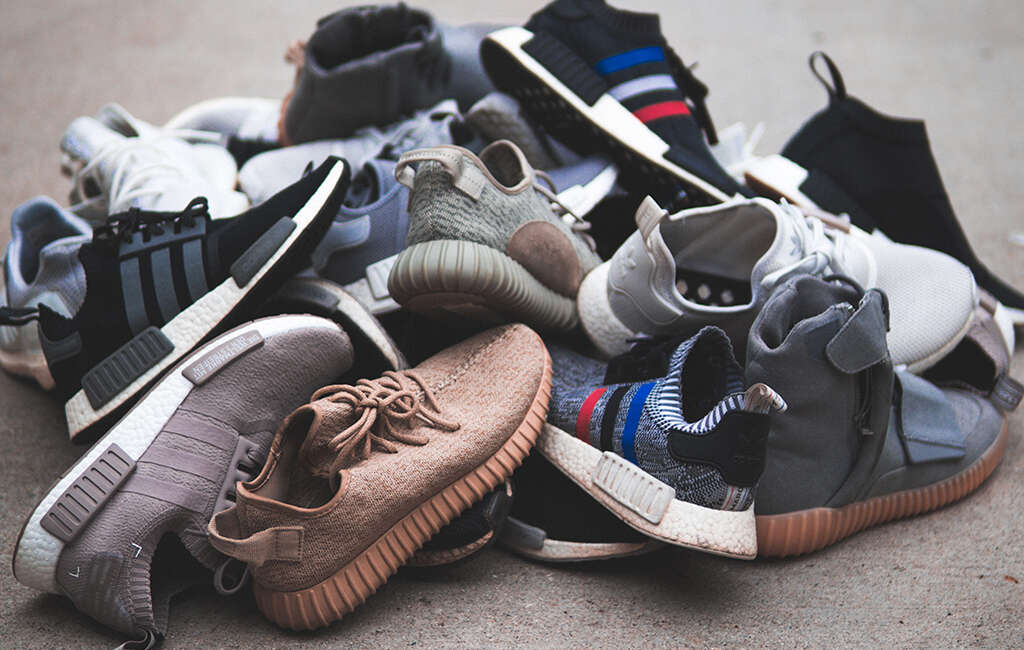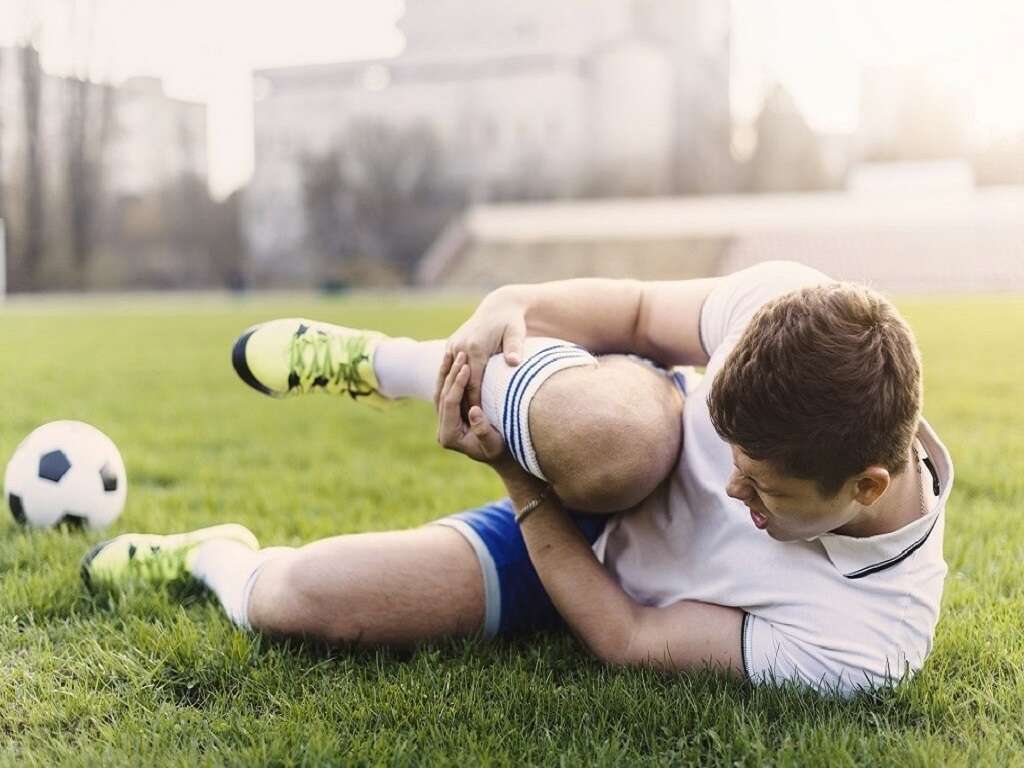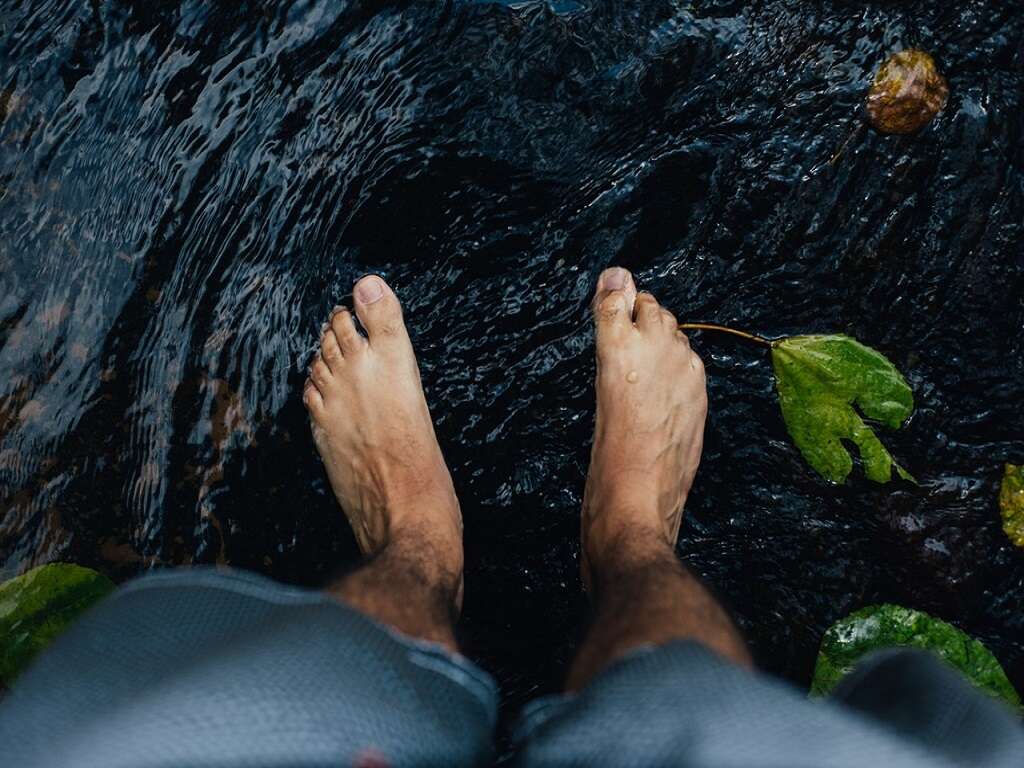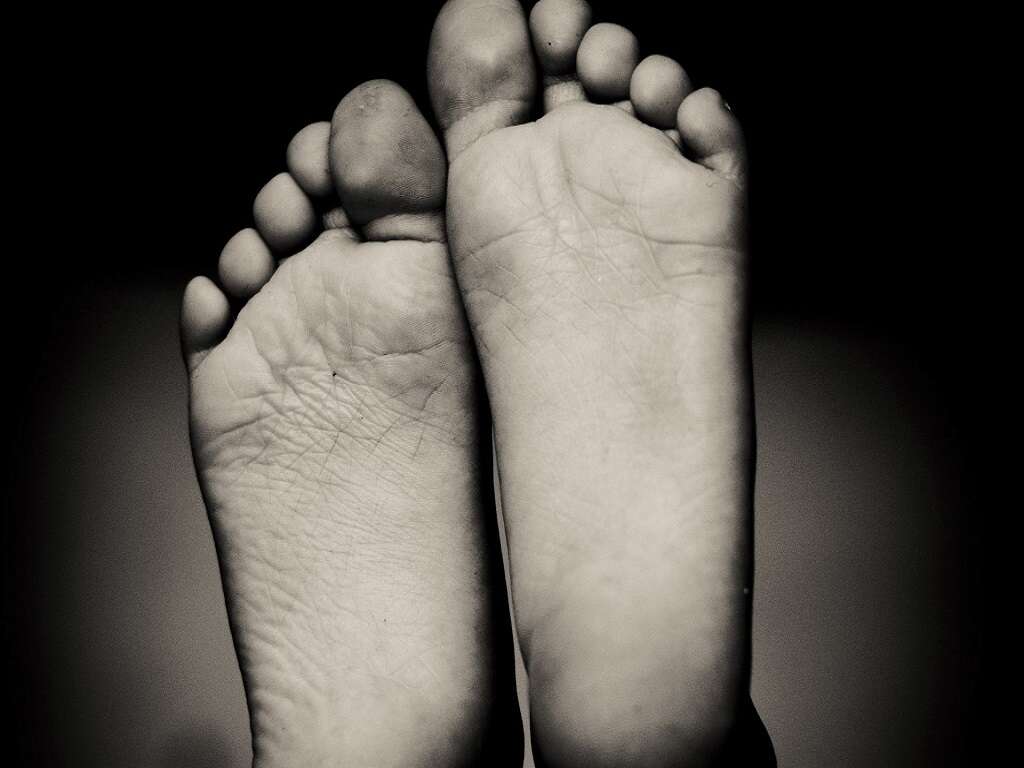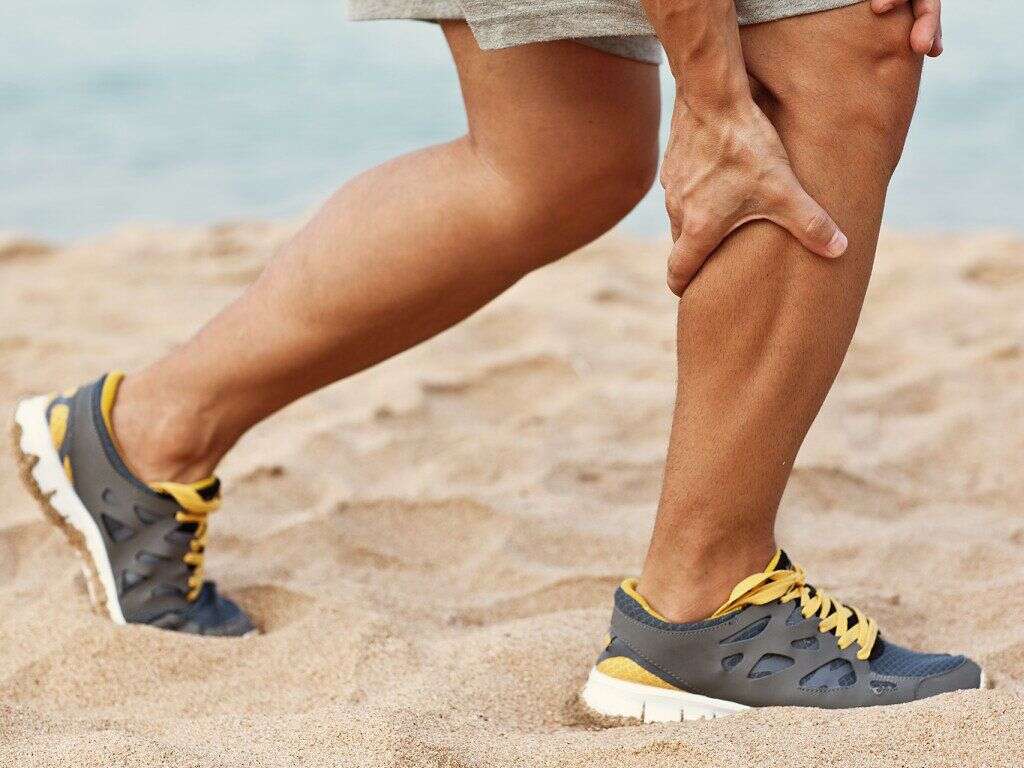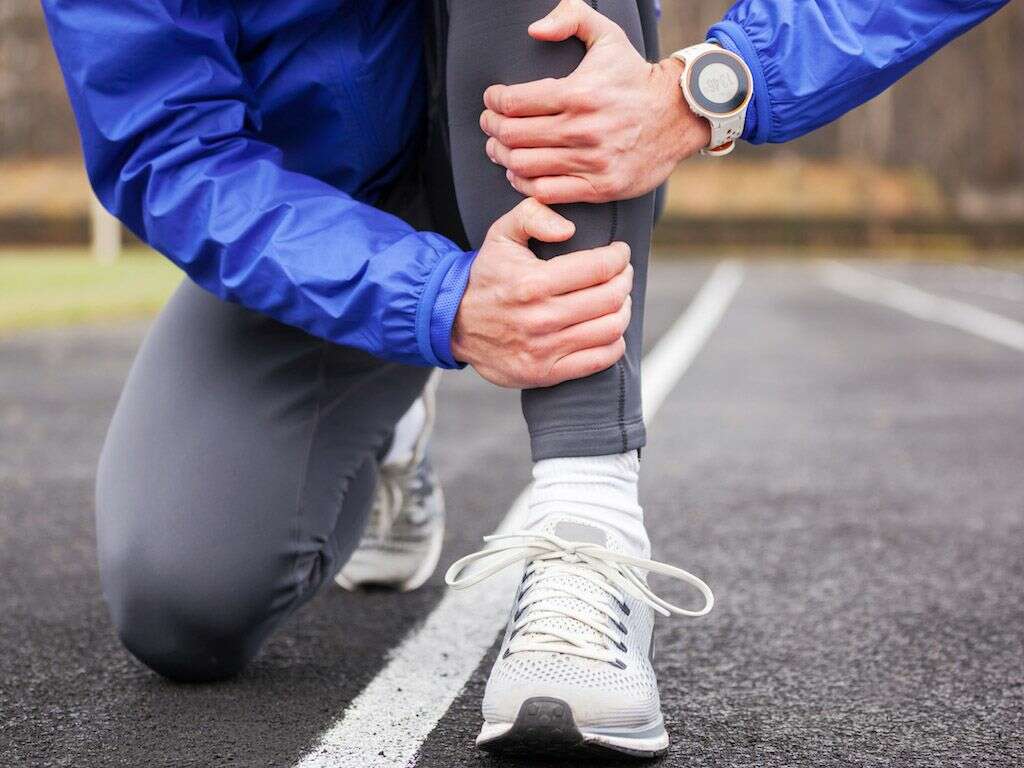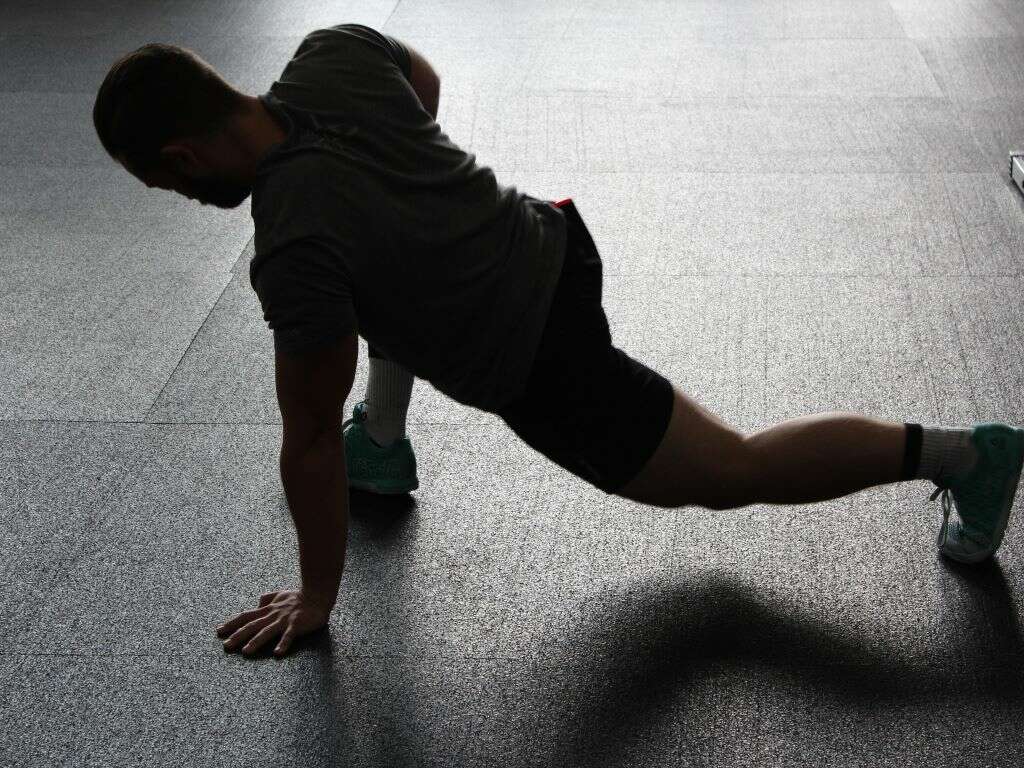Shin Splints Causes And Symptoms
 Article Sources
Article Sources
- 1. McClure, Charles J. 'Medial Tibial Stress Syndrome.', U.S. National Library of Medicine, 10 Aug. 2020, www.ncbi.nlm.nih.gov/books/NBK538479/.
- 2. 'Shin Splints - OrthoInfo - AAOS.' _OrthoInfo_, orthoinfo.aaos.org/en/diseases--conditions/shin-splints.
- 3. A;, Nilsson J;Thorstensson. 'Ground Reaction Forces at Different Speeds of Human Walking and Running.' _Acta Physiologica Scandinavica_, U.S. National Library of Medicine, pubmed.ncbi.nlm.nih.gov/2782094/.
- 4. 'Are Feet at Fault for Back, Hip, and Knee Woes?'_Are Feet at Fault for Back, Hip, and Knee Woes? - Health Encyclopedia - University of Rochester Medical Center_, www.urmc.rochester.edu/encyclopedia/content.aspx?ContentTypeID=1&ContentID=1158.
4. Risk Factors: Shoes and Foot Type
One of the essential steps to prevent shin splints is to wear the right footwear. Running with unsuitable shoes can cause the foot, and therefore legs, to absorb a great deal of excess shock. People with flat feet or high arches are at particular risk.4‘Are Feet at Fault for Back, Hip, and Knee Woes?’Are Feet at Fault for Back, Hip, and Knee Woes? - Health Encyclopedia - University of Rochester Medical Center, www.urmc.rochester.edu/encyclopedia/content.aspx?ContentTypeID=1&ContentID=1158. This is due to the way these foot types interact with the ground.
Every runner needs the right amount of heel and arch support for their individual running style. If in doubt, consult a therapist who specializes in running.
Advertisement
